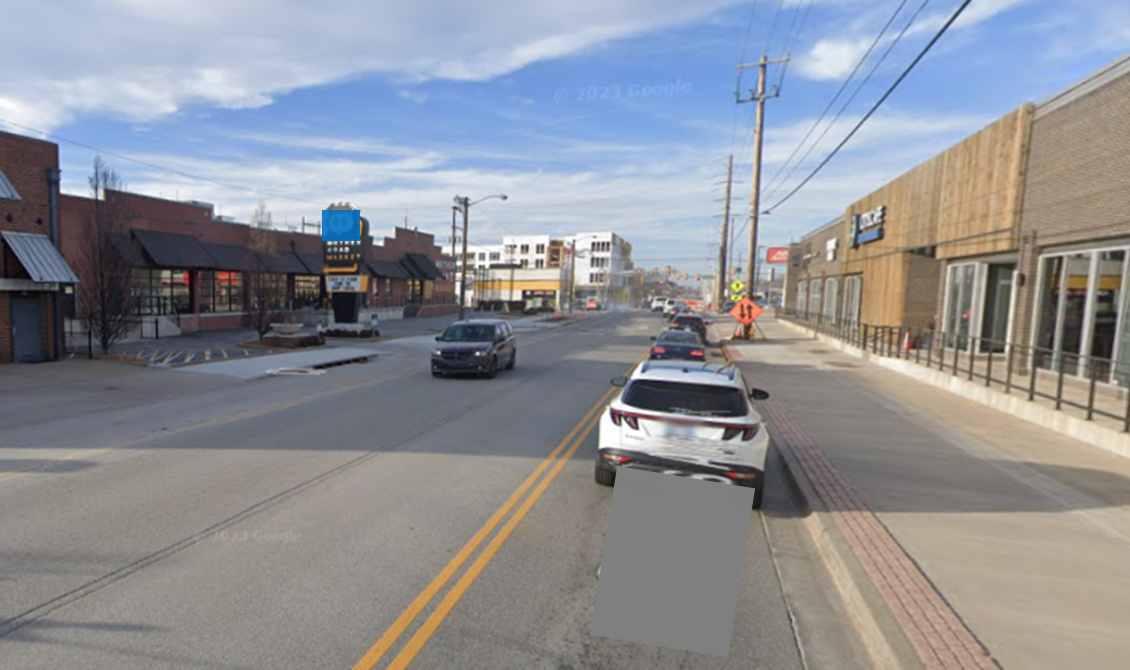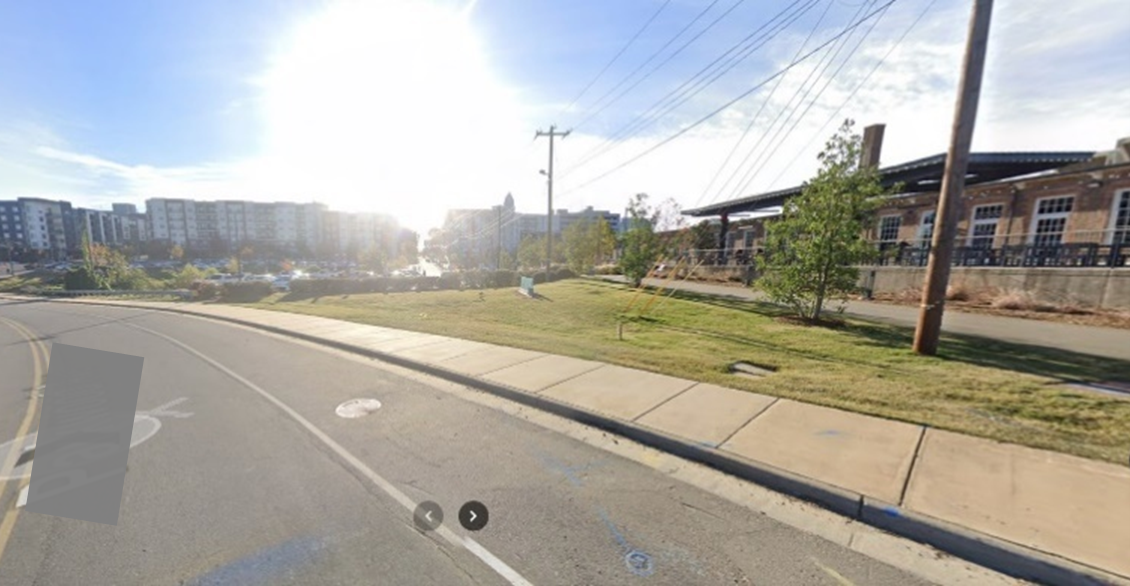“We continue to revitalize and give back beyond our walls”: Food Halls as Entrepreneurial Incubators and City Block Revitalizers
Upon arrival you sense you are in a place made of and for the multitudes – there is something for everyone. A harmonious collision of aromas, conversations, and energy set the tone all around you. To your left you are whisked away to Southeast Asia for cuisine the tantalizes the senses; to the right you teleport to South America to devour homemade empanadas that quickly become a conversation starter. To not mention the burgers, pizza, coffee, ice creams, and gourmet grilled cheese might be misconstrued as sacrilege. Straight ahead, behind, and all around you is a 360-degree revolution where you can travel a world within, under one roof, where individual dining becomes a communal experience.
Of note, when you step inside a modern food hall, you are not just entering a vibrant dining space, you are entering a vibrant ecosystem. These spaces serve as micro-ecosystems where emerging ventures test ideas, scale operations, and fuel neighborhood revitalization. As noted previously, it smells amazing (the burgers, pizza, empanadas, coffee, gourmet grilled cheese), but what makes it vibrant is the flow of conversations, curation of vendors, and the collective energy of new ideas, intentional placemaking, and support. In many cases, what used to be a derelict building is now pulsing with commerce (incubation) and community (revitalization). The food hall is its own ecosystem.
You would be surprised to know that several months previous, the vibrant building and bustling foot traffic (and local city block and area) where you are now enjoying a memorable evening with your friends would likely have been closed, barbed wired, and a quite uninviting place for pedestrian activity (see Figures 2-5). The practices of adaptive reuse and redevelopment has led to these once derelict buildings being renovated and these areas being reactivated as culinary destinations and community gathering places.
Describing entrepreneurial micro-ecosystems in context of food halls
None of this is by accident or happenstance. The environment is intentionally curated by incubating and testing food ventures within the food hall and simultaneously revitalizing the local community. In our paper, published in the Journal of Business Venturing Insights, we examine how food halls function as incubators for new ventures and catalysts for community revitalization.
Through a naturalistic qualitative analysis of 11 food halls across five U.S. cities engaging 35 informants in the form of owners, operators, and vendors, we reveal how intentional placemaking and shared resources create conditions for market access, risk mitigation, and collaboration among vendor entrepreneurs. Our study strategically connects placemaking to entrepreneurial ecosystem development, highlighting how food halls generate local economic growth, social cohesion, and urban renewal through fostering entrepreneurial activity and community engagement.
Business development pathways & placemaking
This work points to two interesting themes. One is focused on business development through four distinct progression pathways associated with food halls and the second theme describes the development of the hyperlocal area and micro-ecosystem surrounding the food hall.
Food halls enable multiple – highly accessible – progression pathways for venture development, providing conduits for incubation and testing, supporting evolution and scaling, extending services into new markets, and fostering expansion into, thru, and beyond the food hall itself (see Figure 1). These pathways demonstrate the flexibility and conduciveness in approaches to venture development within a micro-ecosystem.
While there is significant development and value occurring within the walls of the food hall, there also seems to be reciprocal progress occurring outside of the food hall within the areas and places they are located. All 11 of the food halls we investigated, intentionally and directly contributed to the revitalization of the hyperlocal areas where they were located. In Figures 2-4 below, by using Google Historical Imagine, you can visually see the reactivation and development of areas that had been written off economically and socially. This reactivation converted these often-vacant spaces into thriving places. Many informants were hyperaware of this observation informing placemaking:
Food Hall K Owner said, “new city projects focused on infrastructure like sewer capacity… [designed] to improve the area [proximal to Food Hall K]” due to its recent growth and in turn, “real estate prices have increased considerably.”
Food Hall I Operator said, “this area did not have the number of businesses that are currently here – each one contributes to the influx of tax dollars… before this was just a distribution warehouse not generating any real revenue or social value. Food Hall I helped develop the property value in the area and there have been more… developers buying former industrial properties to invest in this community.”
Food Hall H Operator said, “our presence has contributed significantly to the safety of this area… with the library demolished… one more abandoned ground-level building is not going to help. We are active partners [contributors] to public safety… we are holding the line.”
Food Hall B Owner said, “led to the Market District and now we continue to revitalize and give back beyond our walls … we’ve already seen two concepts spin out within blocks, and now developers – not connected to us – are investing in mixed-use projects. What you’re seeing here, which often happens with a cornerstone project like this, is a revitalization effort… we’ve seen two concepts spin out as standalone businesses, one is a large mixed-use development with 265 apartments, plus retail and restaurants on the ground floor, and another is the renovation of a rundown property being converted into mixed-use space [for a distillery, co-working space, etc.].”
These observations and the visual examples provided in the Google Historical Images juxtaposing city block evolution over time, demonstrate encouraging development proximal to the food halls as anchor businesses revitalizing city blocks.


Why does it even matter?
It is our contention that this study investigates something more than food halls. It identifies what can happen when coopetition, entrepreneurial pursuits, risk mitigation efforts, and informal and formal support mechanisms coalesce to reactivate spaces proximal to urban areas. A strong culture focused on a ‘rising tide’ mentality, collaboration and coopetition, and providing support and services that complement the vendors’ business needs.
Our study sheds light on the role of food halls as living hubs where emerging entrepreneurs test, grow, and sustain their businesses with lower risk and greater support. We highlight how food halls uniquely blend placemaking, mentorship, and community engagement turning everyday dining into a launchpad for local economic growth and neighborhood revitalization. These spaces don’t just feed people; they cultivate connections, spark collaboration, and help cities reinvent themselves from the inside out.
Read the full paper here: https://www.sciencedirect.com/science/article/pii/S235267342500040X
Author Bios
Lane Graves Perry III is an Assistant Professor of Entrepreneurship & Innovation Leadership at Western Carolina University in the College of Business. He studies entrepreneurial ecosystem development, social entrepreneurship, and leadership development. He is a co-editor of the De Gruyter Handbook of Social Entrepreneurship (2024).
Nathan A. Woolard is an Applied Associate Professor in Entrepreneurship and Management and the John Robert “Cy” Elmburg Endowed Chair for Business Excellence at the University of Tulsa’s Collins College of Business. He studies entrepreneurship ecosystem development, pedagogy, and small business and rural development.
Michael A. Altman is an Associate Professor of Practice in the School of Business at Meredith College where he also directs the Hospitality and Tourism Program. His research and consulting focus sits at the intersection of community, commerce, and culture.





